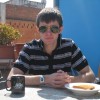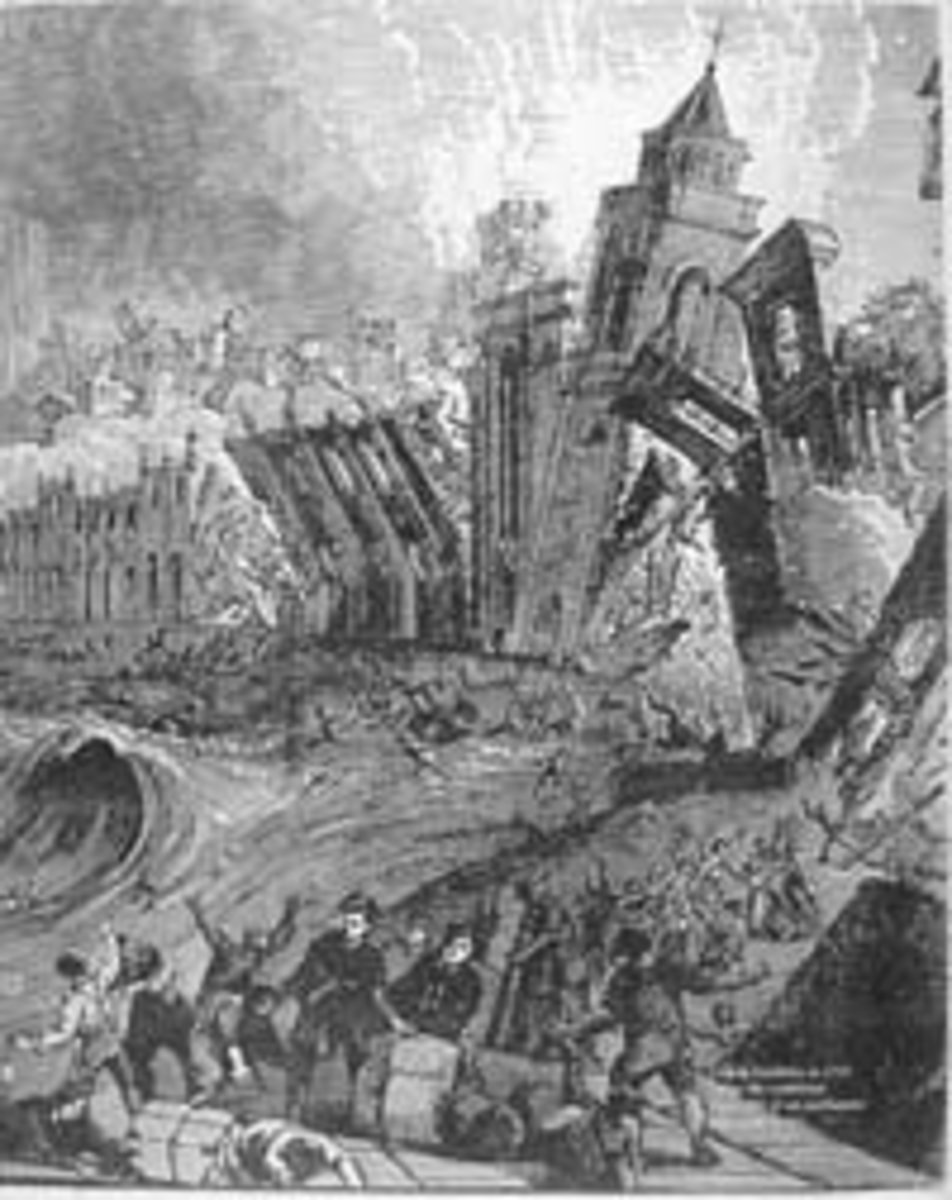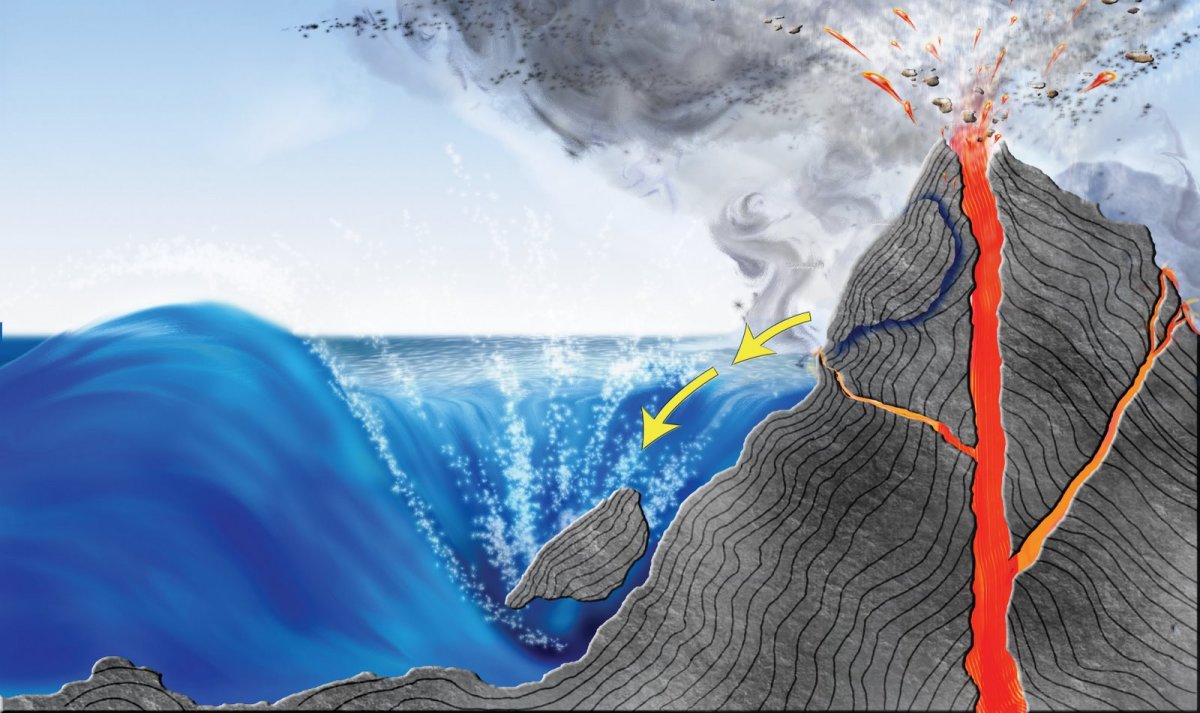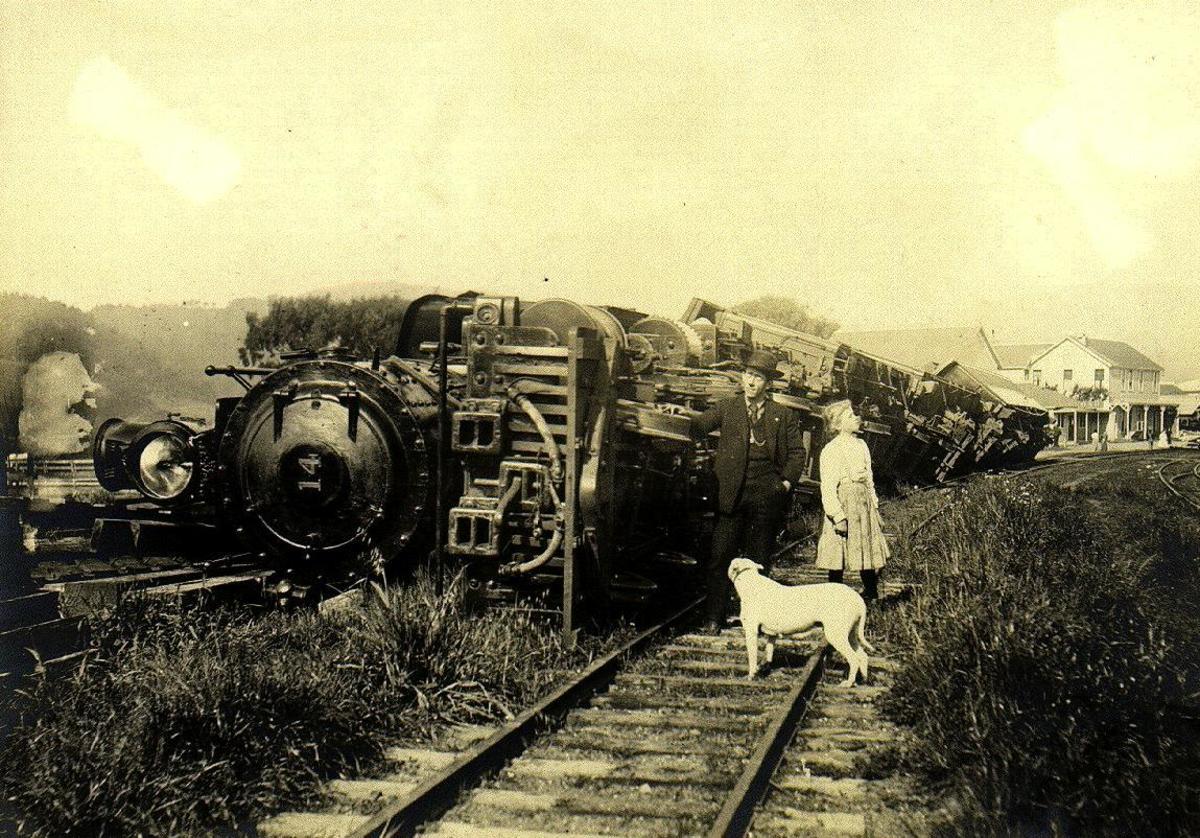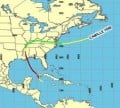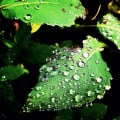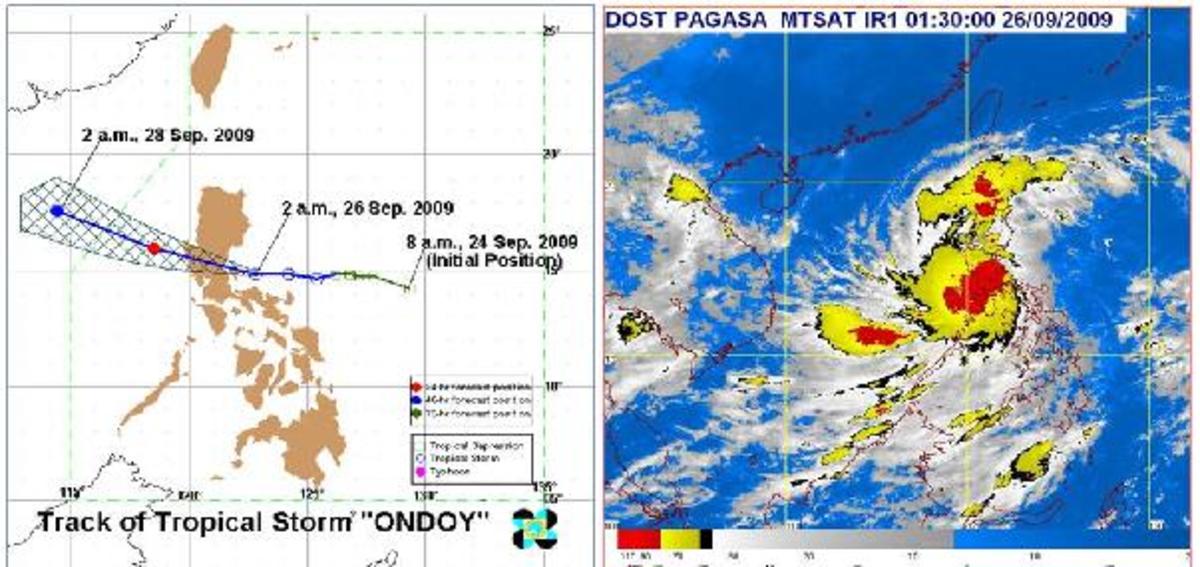What are tsunamis and where do they happen?
Tsunami hubs
- What causes a Tsunami?
Tsunamis are a natural disaster with devastating effects caused by the sudden movement of water. - What are the effects of a tsunami?
Tsunami damage is first caused by the immense force of the tidal wave hitting the shoreline. - The biggest tsunamis in history: Lituya Bay 1958
The biggest tsunami ever was caused by an enormous 8.3 magnitude earthquake in Alaska on July 9, 1958. - Japan 2011: The tsunami that caused a nuclear meltdown
The tsunami that hit Japan in March 2011 threatened the the worst nuclear meltdowns the world has seen.
Introduction to tsunamis
A tsunami is a large, powerful tidal wave or series of waves. The waves move through the water virtually unseen until they come into contact with land.
It is here that the powerful body of water causes the devastation that has become associated with tsunamis.
Tsunamis happen in the sea or large bodies of water such as a lake. They are not a regular occurrence and there are only around six major tsunamis each century. However, smaller tsunamis do happen more regularly.
Sometimes tsunamis have limited effects and defences that are built around coastal towns and cities are able to deal with the force of the water. It is only when a tsunami leads to widespread destruction and loss of life that they are reported upon by the world media.
Tsunamis do not happen everywhere in the world. If they did, we would all have had some direct experience of tsunamis. There are many countries in the world that have never experienced the effects of a tsunami and never will.
Ninety per cent of tsunamis begin in the Pacific Ocean. They are caused here primarily by underwater earthquakes (although there are other causes such as asteroids and landslides covered in ‘What causes a tsunami?’).
Because most tsunamis are caused by undersea earthquakes, tsunamis begin at the site of the earthquake. However, the actual effects of the tsunami are felt when the water reaches the nearest pieces of land.
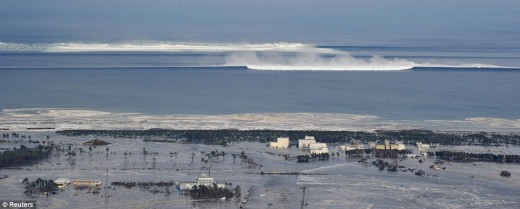
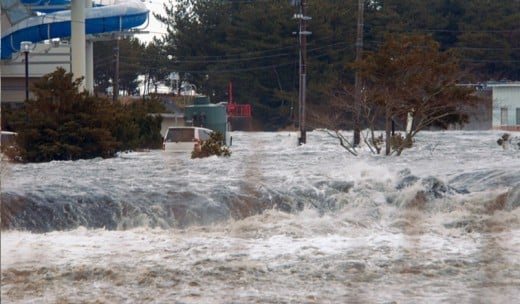
The Boxing Day tsunami in 2004 began in the Indian Ocean. The water movements spread out from the site of the undersea earthquake and actually reached several different coastlines bordering the Indian Ocean at similar times. These included Indonesia, which was the hardest hit, followed by Sri Lanka, India, and Thailand.
It is therefore fair to say for the purpose of a detailed essay question that tsunamis begin under the sea after being caused by an earthquake but the effects of the water movement is felt at the nearest piece of land when the water becomes a tsunami. (For more about the damage caused by a tsunami see the hub 'What are the effects of a tsunami?')
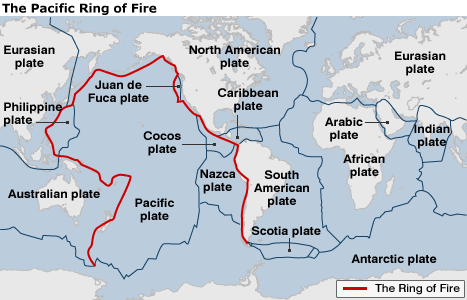
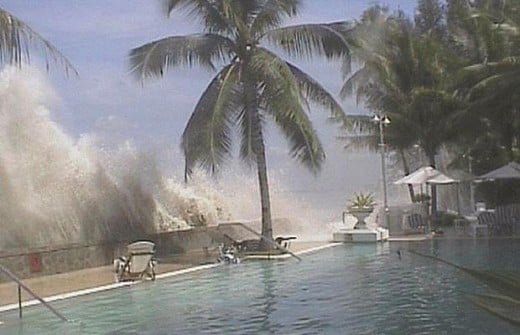
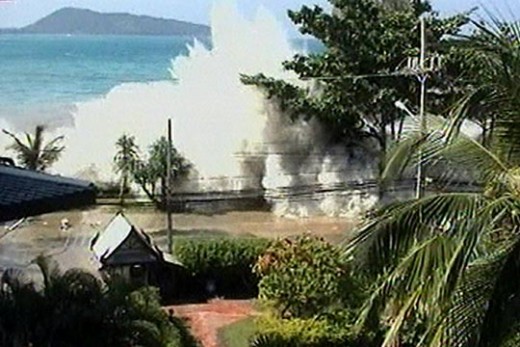
Sometimes, however, the effects of the earthquake are also felt at the nearest piece of land. This was the case with the 2011 tsunami that hit the north east coast of Japan. Before the actual tidal wave reached land, buildings were shaken by the force of the earthquake. This was then followed by the seawater rushing inland.
There are specific points in the ocean that tsunamis occur at. These points are known as fault lines. Fault lines are the places where the tectonic plates that form the earth’s crust meet. There are a number of plates that float on soft magma and form the earth's surface. These include the North American Plate, South American Plate and Indian Plate. The North American Plate hold the U.S., while as is obvious from the name, the Indian Plate holds India. There is also the Eurasian Plate and Arabian Plate among others.See the diagram above for all the plates, which are useful to memorise to school tests, homework and essays.
Also marked on the diagram is the 'Ring of Fire'. This is an area at plate boundaries where volcanoes are formed (see the hub 'What cause a volcano to erupt?' for a more detailed explanation on how magma rises through the earth's crust then erupts).
Through the friction and pressure caused by one plate moving under the other an esave earthquake is caused (For more detailed explanations of hose tectonic plates cause tsunamis see the page ‘What causes a tsunami’).
These earthquakes happen at the fault lines around the world. If you live near a fault line, you will know about it. The major fault lines run along the west coast of North and South America. They also run through east Asia, India and parts of North Africa. The tsunamis occur most often in East Asia.
